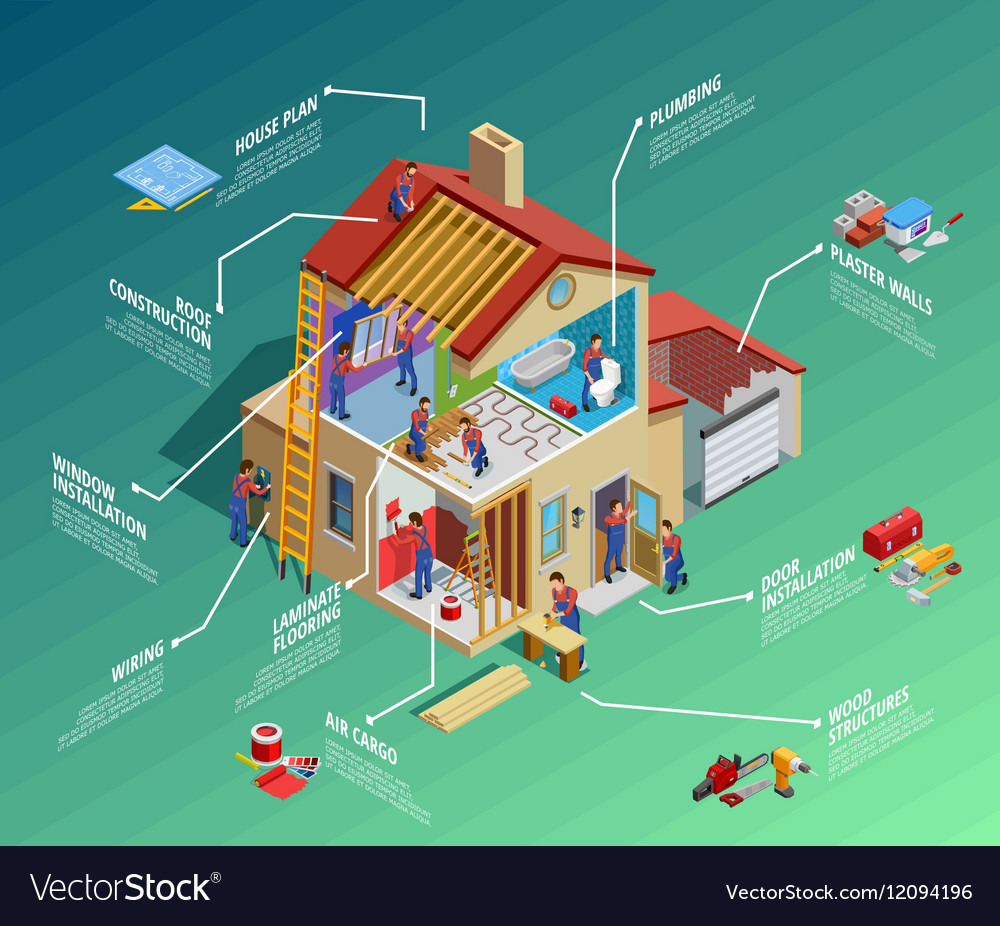Exactly How To Allocate Your Floor Covering Project: A Practical Guide
Exactly How To Allocate Your Floor Covering Project: A Practical Guide
Blog Article
Content Produce By-Rosario Kamper
When you're preparing a floor covering task, budgeting isn't nearly picking a number; it's about recognizing what you genuinely require and the prices entailed. You'll intend to assess your particular demands, research numerous products, and prepare for unforeseen expenditures. Think about just how elements like area purpose and installment approaches can influence your budget plan. But before you enter, there are some essential details you may neglect that can dramatically affect your total expenses. Let's check out how to navigate these intricacies and guarantee your task stays on track.
Assessing Your Floor Covering Demands
Before diving into your flooring project, it's critical to assess your flooring requires. Begin by taking into consideration the certain locations where you prepare to mount new flooring. Consider the function of each space. For example, kitchens and bathrooms need waterproof materials, while living locations might take advantage of convenience and visual appeals.
Next, review the existing conditions of your floors. Are there any architectural concerns, such as uneven surfaces or moisture troubles? Resolving these concerns early on can conserve you time and money down the line.
Also, make note of the dimensions of each space to figure out how much floor covering you'll require.
Don't fail to remember to consider your lifestyle. If you have family pets or young children, sturdiness might be your top concern, while an extra formal space may ask for an elegant coating. In addition, think about your layout preferences. Do you like a traditional look, or are you drawn to contemporary designs?
Finally, be realistic regarding how much maintenance you agree to commit to. Some products call for even more maintenance than others. By comprehending your demands clearly, you'll be better geared up to make educated options as you move forward with your flooring project.
Estimating Expenses and Products
Approximating expenses and products is a crucial action in your flooring project that can dramatically affect your total spending plan. Begin by measuring the concrete coaters to establish just how much flooring you'll require. For the majority of materials, you'll find pricing by square foot, so collect quotes from various suppliers to obtain a sensible number.
Next off, take into consideration the type of floor covering you want. Options like hardwood, laminate, tile, or carpeting all featured different cost factors. Study the prices for every and consider any kind of added products like underlayment, adhesive, or shift strips.
Do not neglect to consist of devices if you're intending a DIY installment, as leasing or purchasing devices can include in your expenses.
Labor prices are one more important factor to consider. If you're working with experts, get price quotes from several professionals to ensure you're getting a reasonable price. Be clear about the extent of job to avoid unanticipated fees later.
Last but not least, it's a good idea to reserve a little percentage of your allocate any type of unexpected expenses connected to materials. By completely approximating your prices and materials ahead of time, you'll set on your own up for a smoother and a lot more workable floor covering job.
Preparation for Hidden Expenditures
Lots of homeowners ignore the concealed costs that can emerge during a flooring task, which can cause budget overruns. To avoid this, you need to prepare for possible additional prices.
Initially, think about the problem of your existing subfloor. If it's harmed or unequal, you'll likely require repair work or leveling, which can include dramatically to your overall cost.
Next, consider elimination and disposal costs for your old flooring. Several specialists bill additional for this service, so variable that right into your spending plan.
Additionally, don't ignore the prices of underlayment, which may not be consisted of in the first quote however are necessary for a successful installment.
Read Alot more must additionally get ready for unpredicted issues, such as plumbing or electrical job if your flooring project entails relocating fixtures. It's wise to reserve at least 10-15% of your complete budget for these unanticipated expenditures.
Lastly, remember that epoxy living room may be required for certain installments. Constantly inspect epoxy floors for kitchen to prevent fines or hold-ups.
Final thought
Finally, budgeting for your flooring job is important for a successful end result. By analyzing your needs, estimating prices, and planning for hidden expenditures, you'll stay clear of shocks and remain on track. Remember to set aside a section of your allocate unanticipated costs and keep a comprehensive breakdown of your expenses. With careful planning and consideration, you'll create an attractive space that meets your demands without breaking the financial institution. Pleased flooring!
